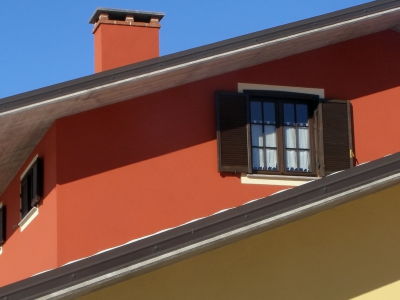Why is the opening and closing of the 'door' that appears in the game unnatural?

In recent 3D games, 'doors that can be opened and closed by the player' may be installed in buildings such as private houses. It is an implementation of 'door opening and closing operation' that seems simple at first glance, but in fact it is said that it is quite annoying to game developers.
Why video game doors are so hard to get right --YouTube
Implementing door opening and closing behaviors is known to be difficult in the gaming industry, and Kurt Margenau , director of The Last of Us Part II, said about implementing door opening and closing movements, 'to make it work as expected. the most time is spent ' said we.


According to Mr. Shin, when implementing the door, it is necessary to pay attention to all the systems and situations related to the door and to consider the interaction between the door and other objects and characters. .. This makes it very difficult to implement doors, and game developers are trying different ways to implement doors.

The easiest solution for implementing a door is not to make it. In fact, in

Vox explains how difficult it is to mount a door by classifying it into 4 levels from 0 to 3. First, difficulty level 0 is the above-mentioned method of 'do not install a door'.

Difficulty 1 is 'a door that automatically slides up, down, left and right to open and close when the character approaches.' This type of door can be easily implemented as long as the positional relationship between the character and the door is known.

Difficulty 2 is categorized as 'a door that resembles reality only in appearance'.

Doors that belong to this category are implemented with movements that are far from the real world, while making them look closer to the doors in the real world. For example,
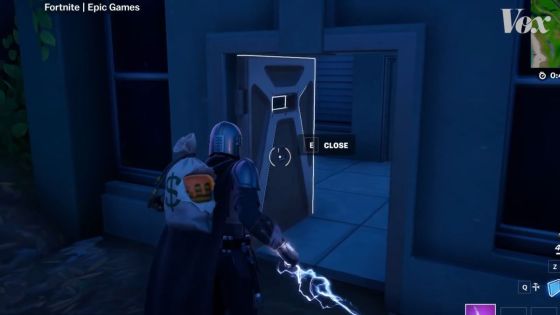
There are other
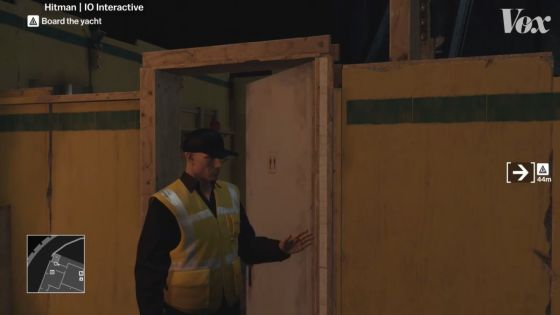
Even games such as '
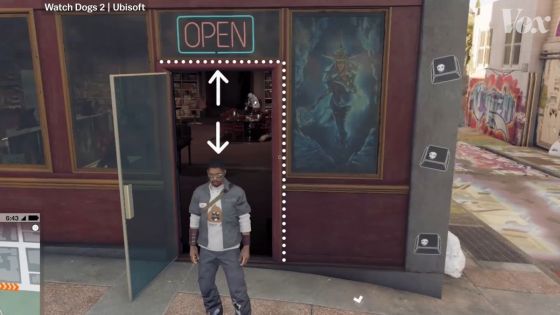
The reason for installing a door that is far from reality is to move the camera without any discomfort. In general, the camera of the game follows the character being operated by the player in a position where they can look down from above. If the door is the same size as in the real world, the camera will pass through the wall above the door as the character passes through the door, creating a moment when the screen goes black.
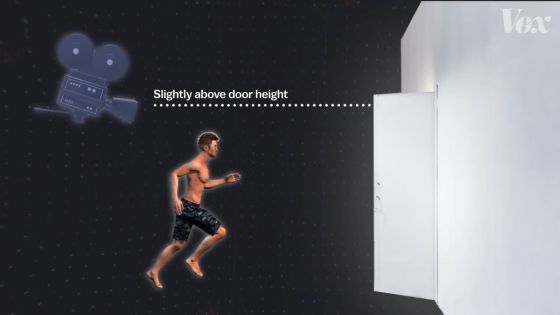
Therefore, by making the door larger than in the real world, we are able to follow the character behind without any discomfort. Another advantage is that the larger door does not require the player to perform precise operations.
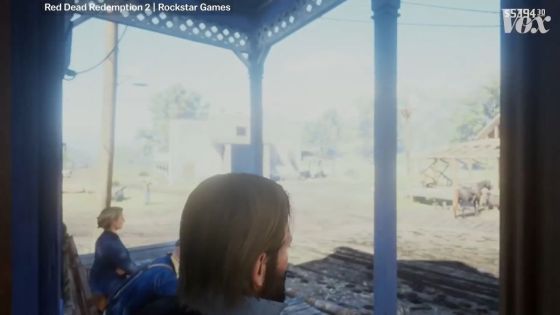
When implementing doors in your game, it is also important to implement collision detection. In the real world, objects do not slip through each other, but in the game world, if the developer does not give a collision detection, a situation such as 'arms pass through the door' will occur.
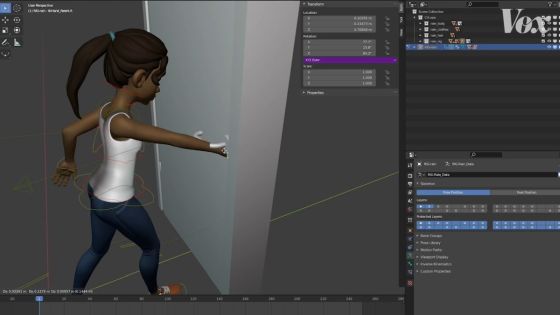
Collision detection must be given not only to the player, but also to all objects that appear in the game, such as enemy characters, cars, and horses.

Among these doors, the one that is the most difficult to implement is the 'door that not only looks but also physically moves like the real world,' as it appears in The Last of Us Part II.
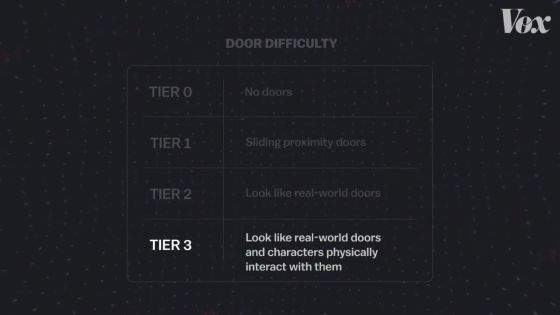
In The Last of Us Part II, when you perform the operation of 'opening the door', the character 'twists the doorknob'. If the timing of this 'doorknob twisting action' is unnatural or too long, it will create a sense of discomfort between the player's operation and the character's operation. In order to eliminate this discomfort, it is necessary to divide the 'doorknob twisting action' into small pieces so that they can be interrupted at any time.
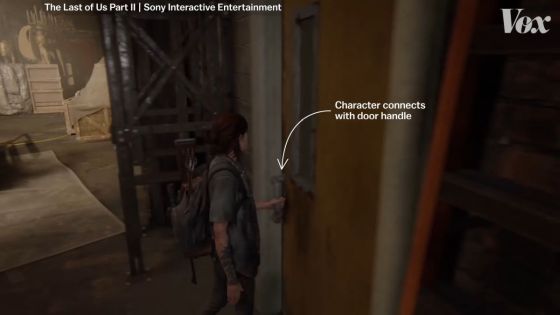
Also, in The Last of Us Part II, the player's immersive feeling is enhanced by assigning different motions depending on the character's feelings and circumstances, such as 'If you are injured, open the door so that you lean against it.'

In The Last of Us Part II, there are also situations where an NPC character not controlled by the player opens and closes the door. In this case, consider a great many things such as 'positional relationship between player and NPC', 'whether NPC knows that the door is locked', 'whether NPC can open the door', etc. And you need to implement the door. 'The more elements we include in the game, the more complex the doors will be implemented,' said Shin.
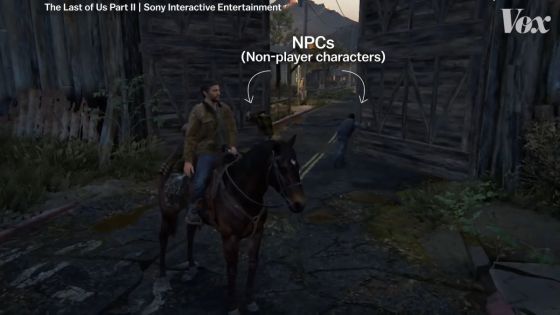
As mentioned above, it is very difficult to implement a door that operates according to the real world. However, in recent games, Vox has been implementing doors because there are more and more realistic expressions such as 'If you cut a wall, the wall will be cut' and 'In the evening, it will be difficult to see the object due to backlight'. It is argued that it is necessary to bring the realism closer to the reality in pursuit of reality.
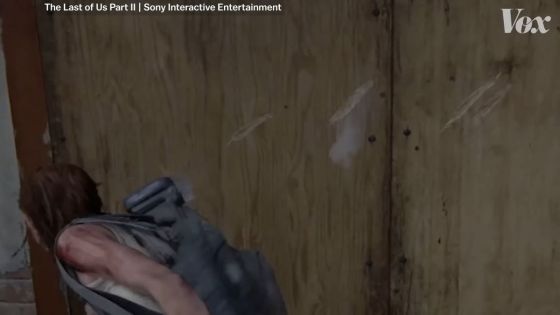
Related Posts:
